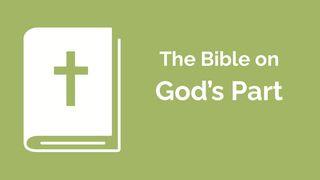Plan Info
How To Read The Bible For All Its WorthSample
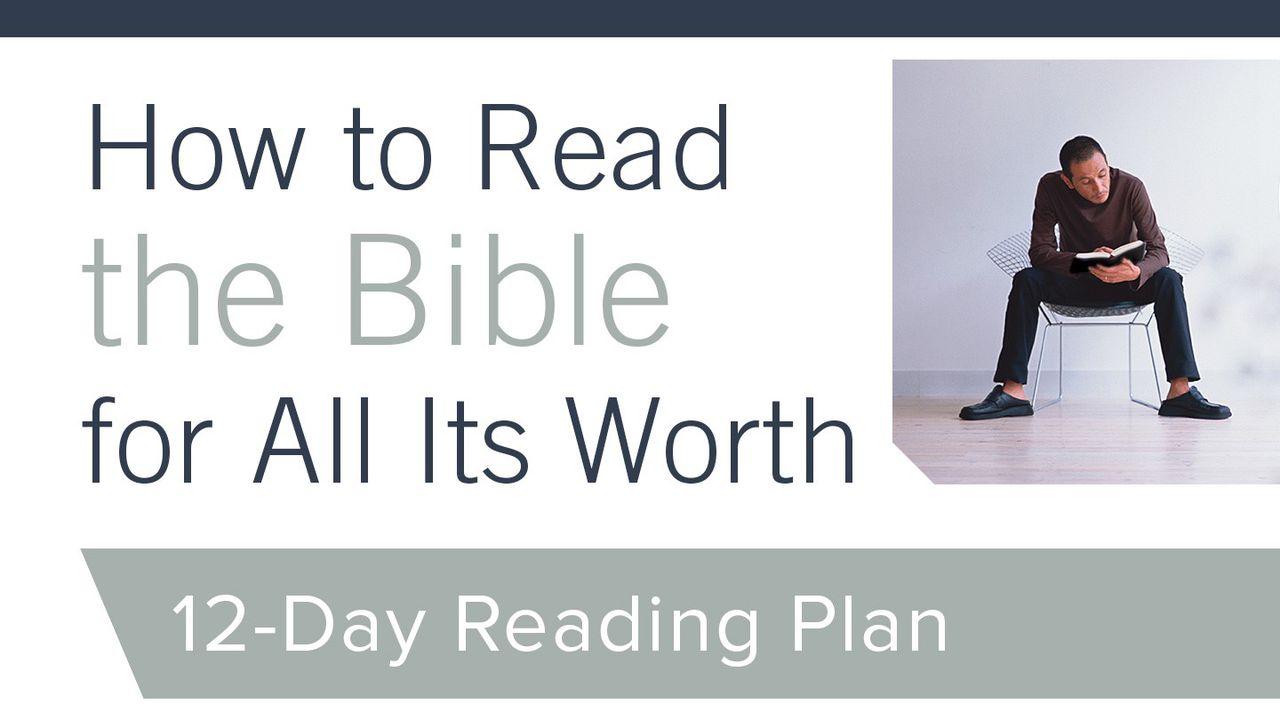
The Two Essential Tasks in Interpreting the Bible
Our First Task: Exegesis
The first task of the interpreter is called exegesis. This involves the careful, systematic study of the Scripture to discover the original, intended meaning. It is the attempt to hear the Word as the original recipients were to have heard it, to find out what was the original intent of the words of the Bible.
Essential Tools for Good Exegesis
For the most part, you can do good exegesis with a minimum amount of outside help, provided that the help is of the highest quality. Three such tools:
- a good translation,
- a good Bible dictionary,
- and good commentaries.
There are other kinds of tools, of course, especially for topical or thematic kinds of study. But for reading or studying the Bible book by book, these are the essential ones.
A good translation (or better, several good translations) is the absolutely basic tool for one who does not know the original languages.
Our Second Task: Hermeneutics
Although the word “hermeneutics” ordinarily covers the whole field of interpretation, including exegesis, it is also used in the narrower sense of seeking the contemporary relevance of ancient texts — asking questions about the Bible’s meaning in the “here and now” This matter of the here and now, after all, is what brings us to the Bible in the first place.
So why not start here?
We insist that the original meaning of the text — as much as it is in our power to discern it — is the objective point of control. For example, we are convinced that the prosperity evangelists’ advocating of the American dream is a Christian right on the basis of 3 John 2 is an improper interpretation. The error is in their hermeneutics, precisely because their hermeneutics is not controlled by good exegesis. They have started with the here and now and have read into the texts “meanings” that were not originally intended.
A text cannot mean what it could never have meant for its original readers/hearers.
Or to put it in a positive way, the true meaning of the biblical text for us is what God originally intended it to mean when it was first spoken or written. This is the starting point.
How we work it out from that point is what How to Read the Bible for All Its Worth is basically all about.
Scripture
About this Plan
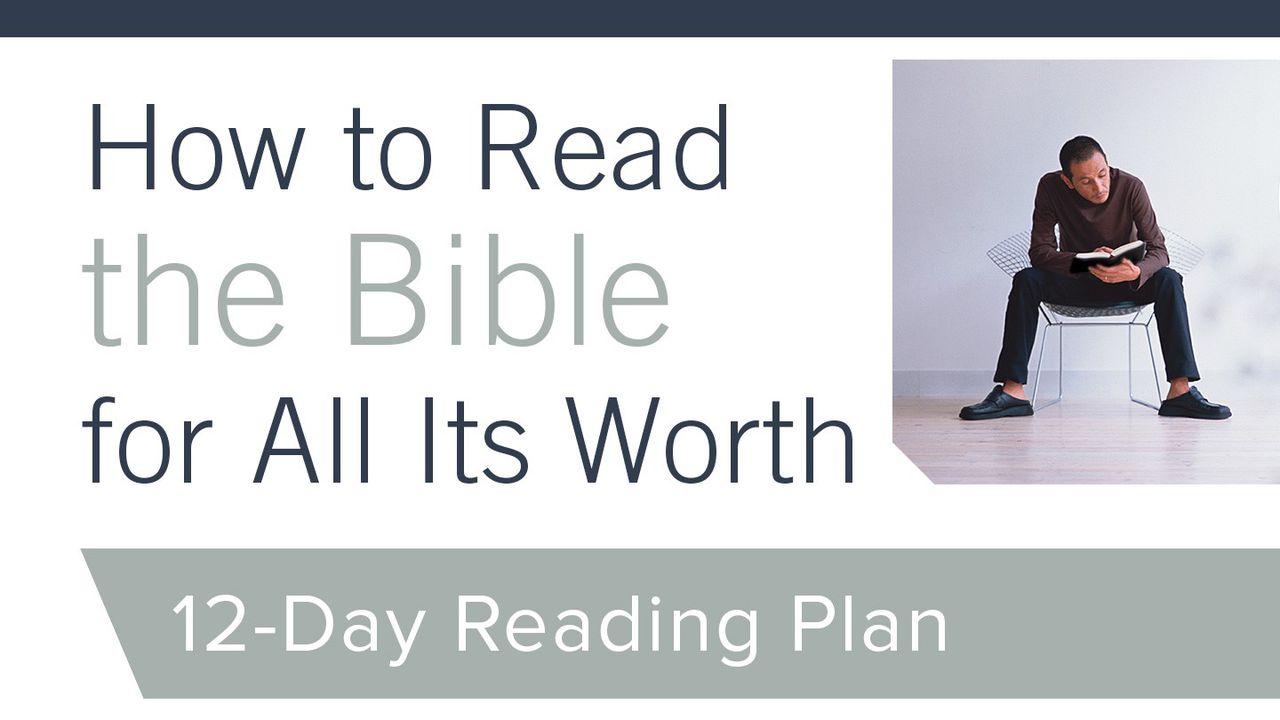
The Bible isn't always easy to understand. But a few essential insights can help you clear up a lot of misconceptions. Discover those insights in this reading plan, which will help you grasp the original meaning of Scrip...
More
We would like to thank Gordon D. Fee & Douglas Stuart and Zondervan for providing this plan. For more information, please visit: http://bit.ly/1Qbdlkm
Related Plans

The Supernatural
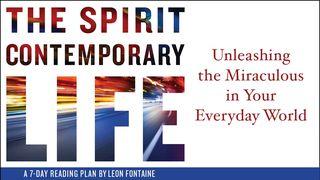
Unleash The Miraculous Every Day
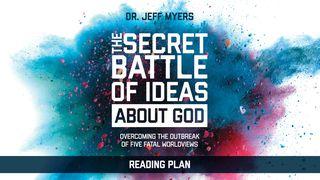
The Secret Battle Of Ideas About God
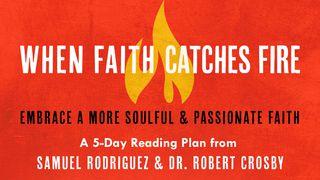
When Faith Catches Fire
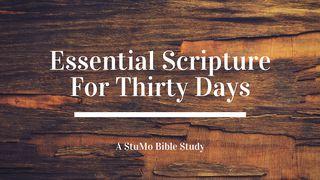
Essential Scripture For 30 Days
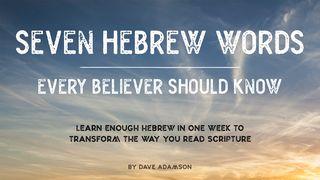
7 Hebrew Words Every Christian Should Know

God's Prescription Plan For Health

Reclaiming The Lost Art Of Biblical Meditation

God Is With You Every Day
